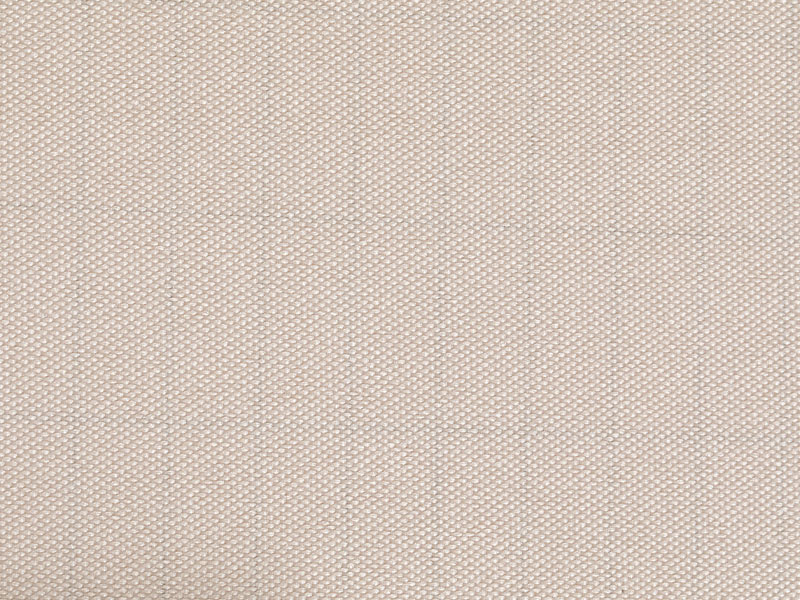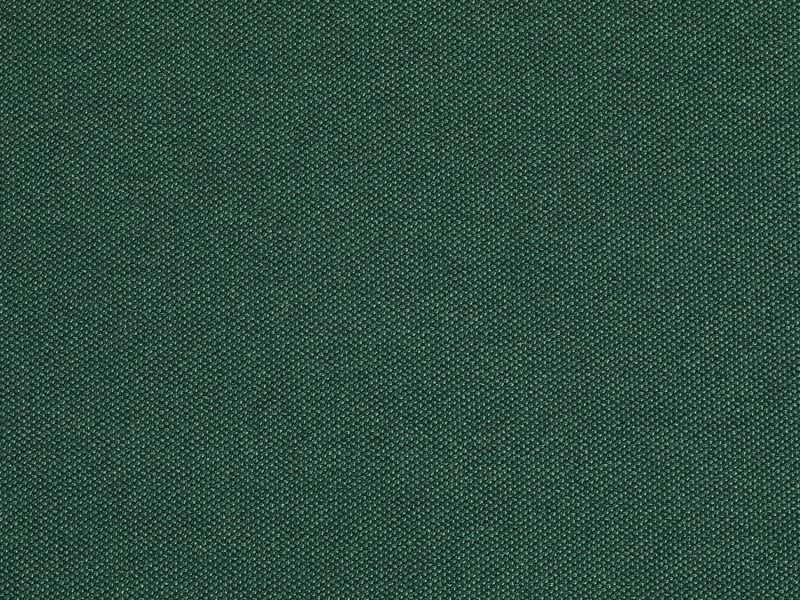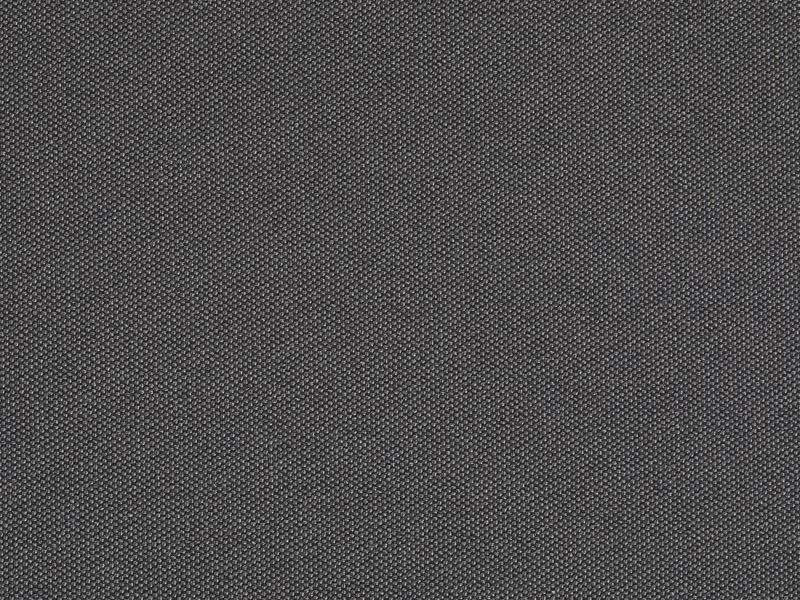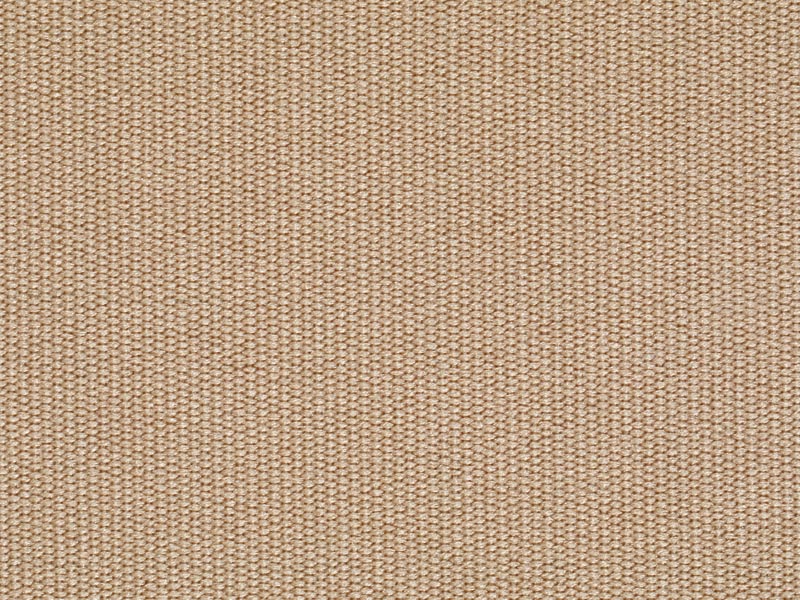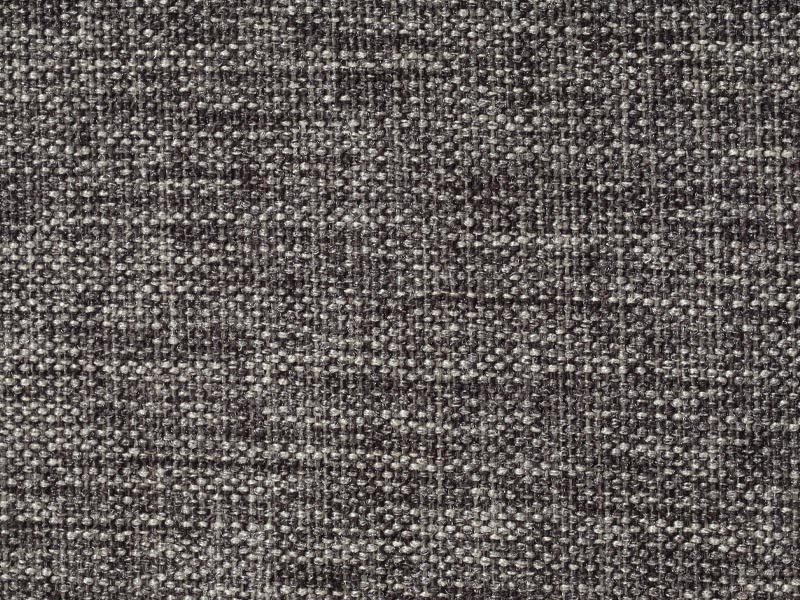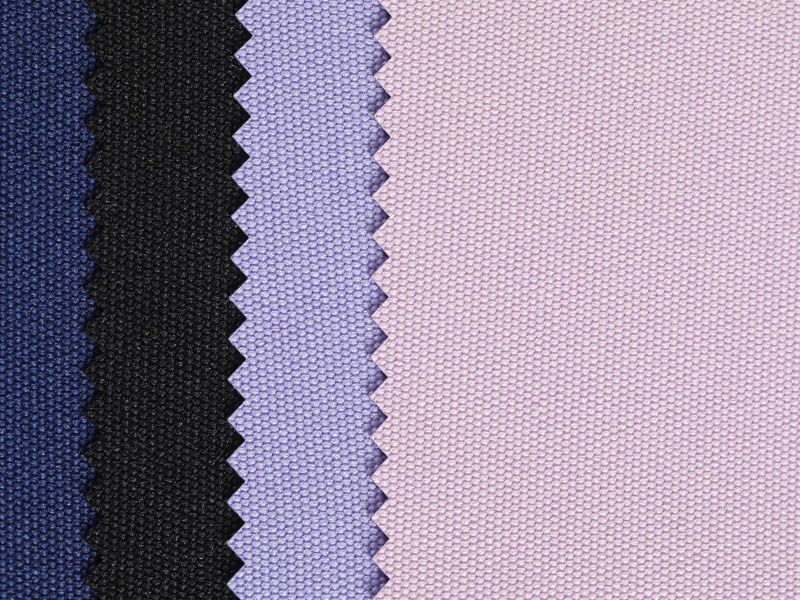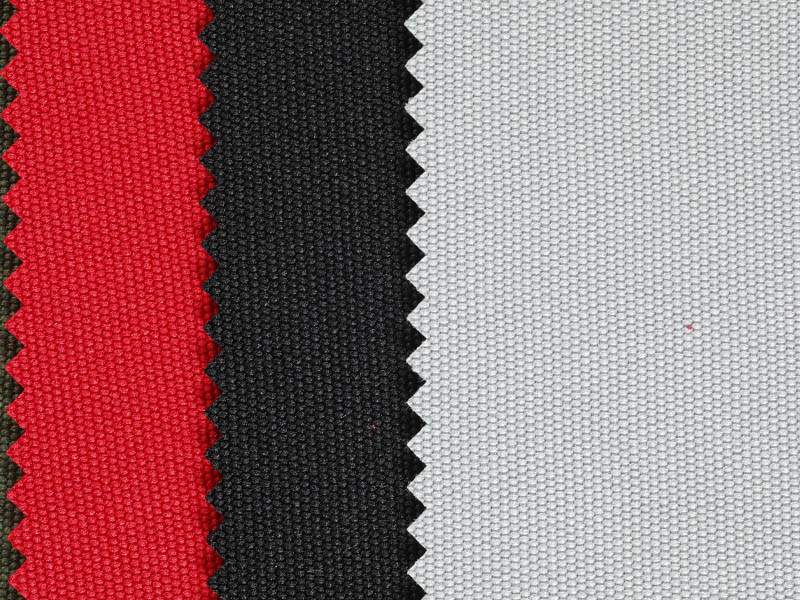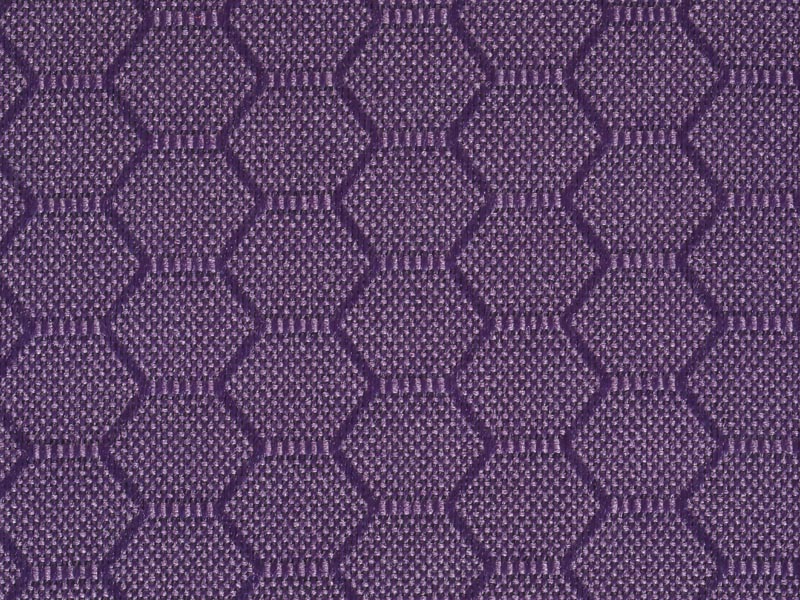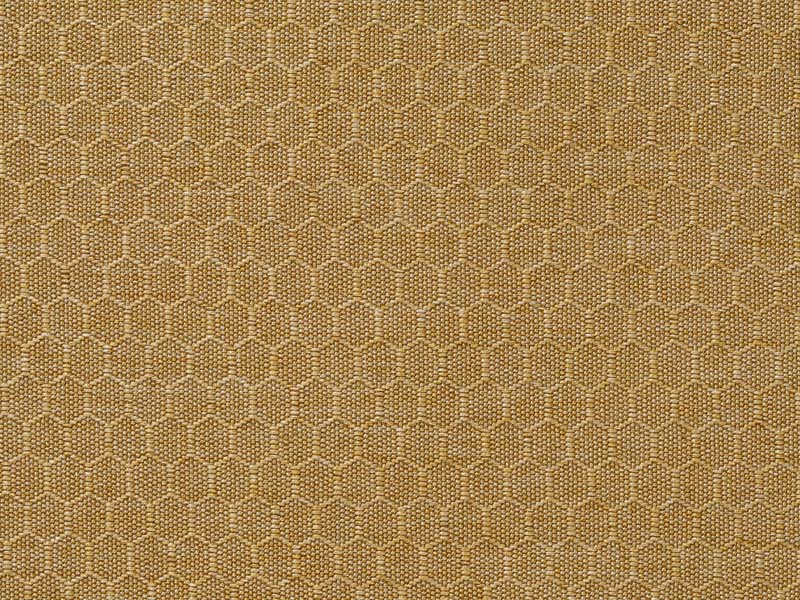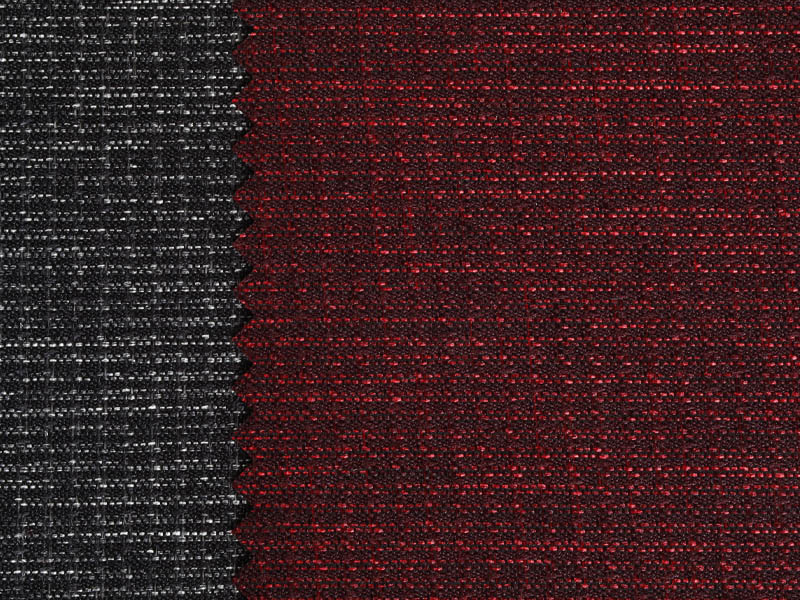Recycled nylon tents: green outdoor living or marketing gimmick?
Posted by Admin
Custom stretch tent fabric canvas Manufacturer
Sustainability has become a key concern in the outdoor industry, influencing the production of everything from backpacks to clothing. Among the latest innovations, tents made from recycled materials have sparked debate. Are these tents truly a step toward greener outdoor adventures, or are they merely a marketing strategy to attract eco-conscious consumers? The core of this discussion lies in the tent fabric itself.
The Shift Toward Sustainable Tent Fabric
As outdoor enthusiasts become more environmentally aware, brands have responded by introducing tents made from recycled materials, particularly recycled nylon. Traditionally, tent fabric has been made from synthetic materials like polyester or virgin nylon due to their durability, water resistance, and lightweight properties. However, the environmental impact of producing these materials has raised concerns, to the rise of recycled alternatives.
Recycled nylon tent fabric is often sourced from post-consumer waste, such as discarded fishing nets, fabric scraps, and industrial plastic waste. By repurposing these materials, manufacturers reduce their dependence on new resources and help prevent waste from ending up in landfills or oceans. This process aligns with the broader goal of reducing the environmental footprint of outdoor gear.
Does Recycled Tent Fabric Match Performance Expectations
A major concern for outdoor enthusiasts is whether recycled tent fabric can match the durability and performance of traditional materials. A tent fabric must withstand harsh weather conditions, UV exposure, and repeated use without compromising its structural integrity. While recycled nylon tent fabric offers similar benefits to virgin nylon, some differences exist in terms of strength and longevity.
The recycling process can affect the molecular structure of nylon, potentially making recycled tent fabric slightly less durable than its virgin counterpart. To compensate, manufacturers often blend recycled fibers with new ones or apply advanced coatings to enhance water resistance and tear strength. This ensures that tents made from recycled tent fabric remain reliable in outdoor conditions.
Another key factor is waterproofing. Tent fabric must provide adequate protection from rain and moisture. Many recycled nylon tents feature a polyurethane or silicone coating to achieve water resistance, similar to conventional tents. However, concerns about the use of chemical treatments on tent fabric, whether recycled or virgin, have led to further discussions on finding alternative waterproofing solutions.
Environmental Benefits of Recycled Nylon Tent Fabric
One of the main selling points of tents made from recycled tent fabric is their lower environmental impact. By reusing existing materials, the production process consumes less energy and generates fewer carbon emissions compared to manufacturing virgin nylon. Additionally, reducing plastic waste through the use of recycled tent fabric contributes to cleaner oceans and landfills.
Many brands emphasize their commitment to sustainability by obtaining certifications for their tent fabric, such as Global Recycled Standard (GRS) or bluesign® approval. These certifications ensure that the recycled materials meet specific environmental and ethical standards, giving consumers confidence in the authenticity of their eco-friendly tent fabric.
Beyond the material itself, some manufacturers are incorporating sustainable practices throughout the entire lifecycle of a tent. This includes offering repair services, encouraging recycling programs, and designing tent fabric that can be repurposed at the end of its life cycle. Such initiatives aim to extend the usability of tent fabric while promoting a circular economy.
Marketing Hype or Genuine Change
Despite the benefits of recycled nylon tent fabric, some critics argue that brands may be using sustainability as a marketing tool rather than a true commitment to change. The term “eco-friendly” is often loosely applied, and without transparency in sourcing and production, consumers may struggle to determine whether a tent fabric is genuinely sustainable.
Some brands incorporate only a small percentage of recycled materials into their tent fabric while heavily marketing them as environmentally friendly. Others focus on recycled tent fabric but continue to use harmful chemical coatings or non-recyclable components in other parts of the tent. These practices raise questions about whether the move toward recycled nylon tent fabric is a meaningful step or just a rebranding strategy.
Consumers who prioritize sustainability should look beyond marketing claims and investigate the full environmental impact of tent fabric. Checking for third-party certifications, understanding a brand’s sustainability commitments, and researching the longevity of the recycled tent fabric can help make informed purchasing decisions.
The Future of Tent Fabric in Sustainable Outdoor Gear
As demand for eco-friendly gear continues to grow, the innovation of tent fabric will likely evolve. Researchers are exploring bio-based alternatives and biodegradable coatings that could further reduce the environmental impact of tent fabric. Additionally, advancements in recycling technology may improve the strength and longevity of recycled nylon, making tent fabric even more competitive with virgin materials.
Collaboration between outdoor brands, material scientists, and sustainability experts is crucial for creating a truly green outdoor industry. While recycled nylon tent fabric is a step in the right direction, achieving long-term sustainability requires a comprehensive approach that considers every stage of a tent’s lifecycle.
Ultimately, whether recycled tent fabric represents genuine progress or a marketing gimmick depends on how it is implemented. If brands prioritize durability, ethical sourcing, and responsible production, recycled nylon tents could become a standard for environmentally conscious adventurers. However, if sustainability claims remain surface-level without addressing deeper industry challenges, the recycled tent fabric may risk being seen as just another trend.
For now, consumers play a vital role in driving change by demanding transparency and supporting brands that take genuine steps toward sustainability. As innovation continues, the tent fabric may not only serve as a protective barrier in the great outdoors but also as a symbol of responsible environmental stewardship.

 English
English Français
Français Español
Español عربى
عربى Tiếng Việt
Tiếng Việt
